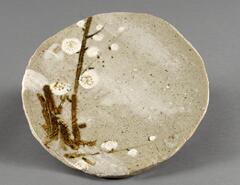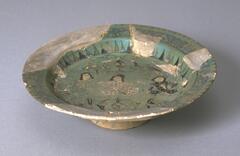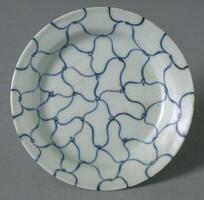24 UMMA Objects
24 UMMA Objects
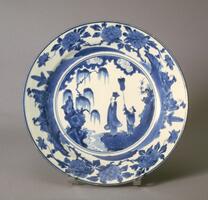
Japanese (Japanese (culture or style))
Blue-and-white plate with painting of figures in a landscape
1680 – 1690
Museum purchase made possible by the Margaret Watson Parker Art Collection Fund
1966/1.94
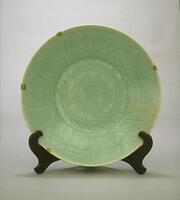
Chinese (Chinese (culture or style))
Plate
16th century
Gift of the William T. and Dora G. Hunter Collection
2002/2.6
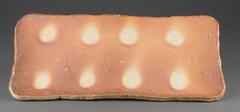
Takahashi Rakusai III (Japanese (culture or style))
Shigaraki ware plate
1955 – 1965
Museum Purchase
1963/2.76
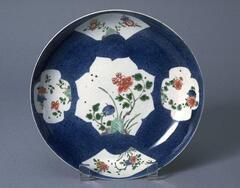
Chinese (Chinese (culture or style))
Dish
1700 – 1722
Gift of the Estate of Hobart Taylor, Jr.
1982/1.212

Chinese (Chinese (culture or style))
Saucer
960 – 1279
Museum purchase for the James Marshall Plumer Memorial Collection
1964/2.75

Japanese (Japanese (culture or style))
Large serving plate with design of lion romping among peonies
1867 – 1899
Gift of Mr. and Mrs. Richard M. Cook
1969/1.83
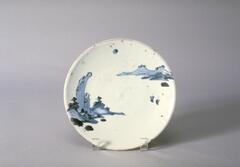
Japanese (Japanese (culture or style))
Blue-and-white plate with landscape design
1615 – 1643
Gift of Mr. Harry Packard for the James Marshall Plumer Memorial Collection
1963/2.62
Loading…
